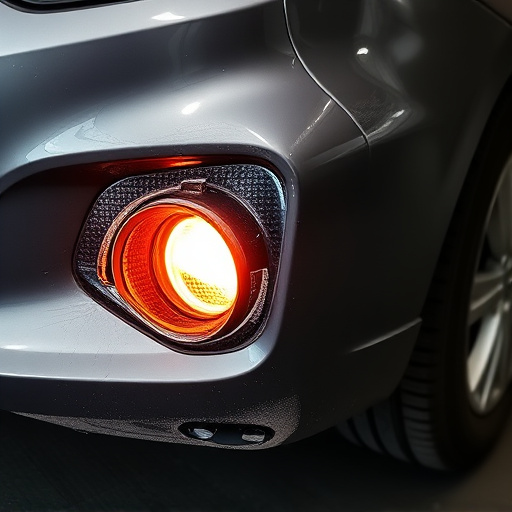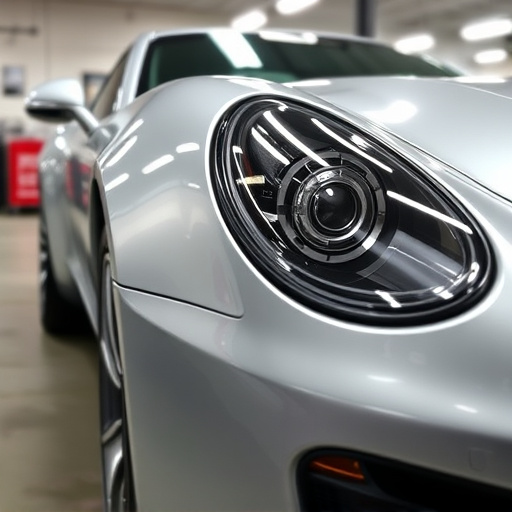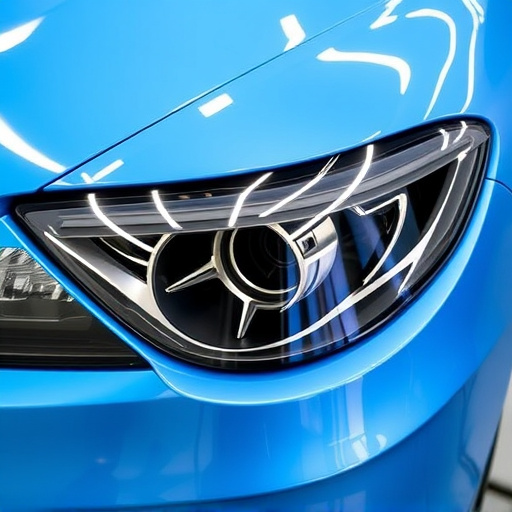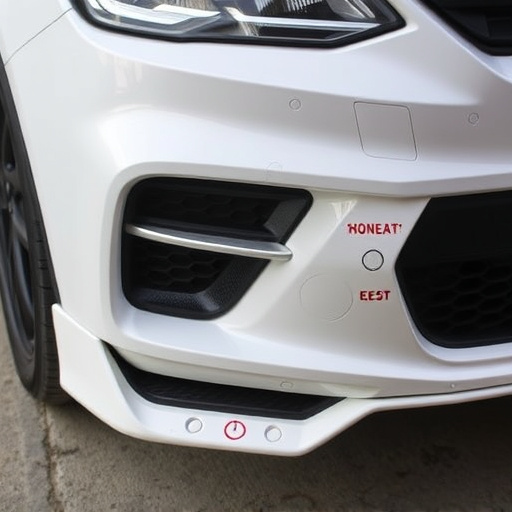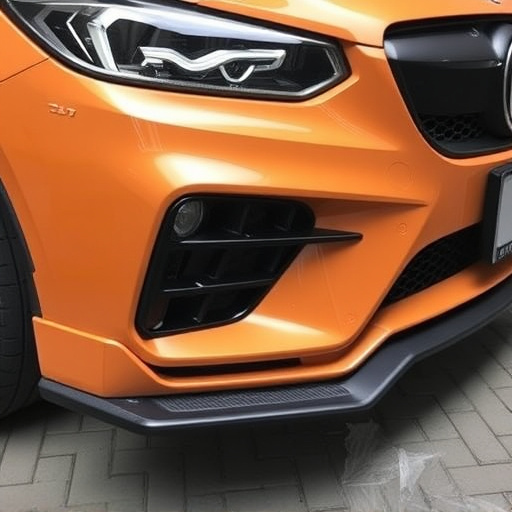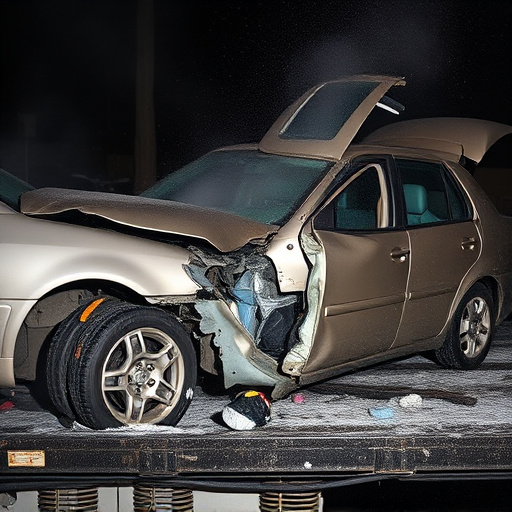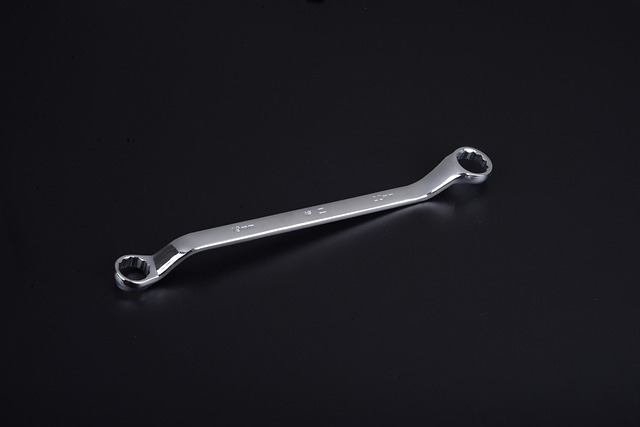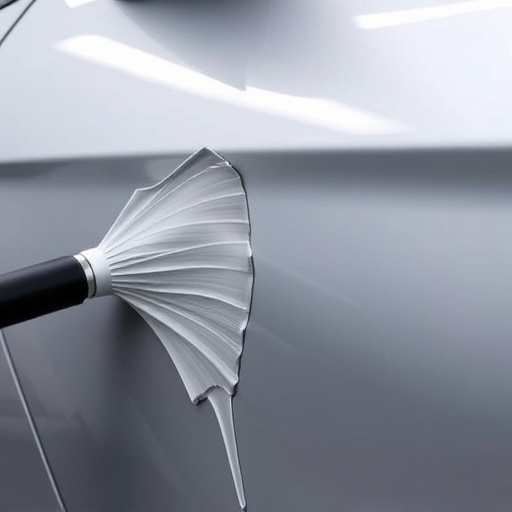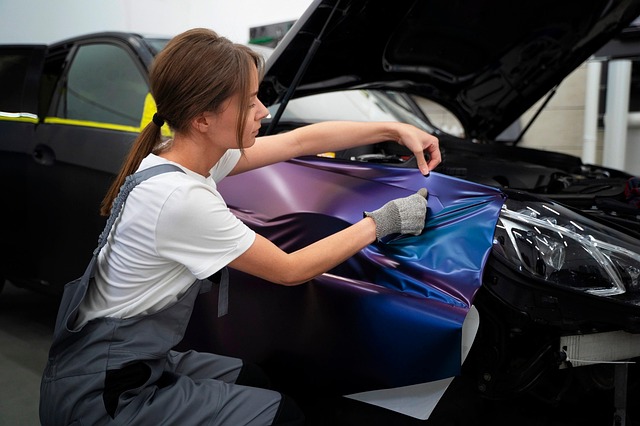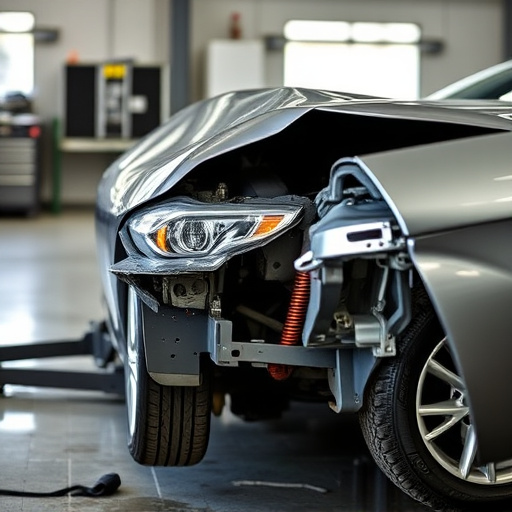Paintless dent repair (PDR) has evolved dramatically, leveraging technology and skilled technicians to reduce paintless dent repair time significantly compared to traditional methods. Advanced PDR tools enable precise, fast, and clean repairs for minor damage, preserving vehicles' original finishes at a lower cost. However, deeper dents or complex structural issues may limit its effectiveness, with completion times varying unpredictably. Future advancements in AI/robotic systems promise to streamline PDR further, enhancing precision and accessibility, making it an increasingly valuable option for quick and high-quality dent repairs.
Is paintless dent repair still a worthwhile investment of your time? As a popular option for car damage restoration, its efficiency has evolved over the years. This article explores the changing landscape of paintless dent repair (PDR), weighing its advantages and disadvantages in terms of time savings. We delve into how technology is shaping the future of PDR to enhance speed and precision, offering a comprehensive guide to whether this method still merits your consideration for car dents.
- The Evolution of Paintless Dent Repair: How Time Has Shaped Its Efficacy
- Advantages and Disadvantages: Weighing the Value of Time in Paintless Dent Repair
- Future Trends: Is There a Better Way to Save Time with Paintless Dent Repair?
The Evolution of Paintless Dent Repair: How Time Has Shaped Its Efficacy
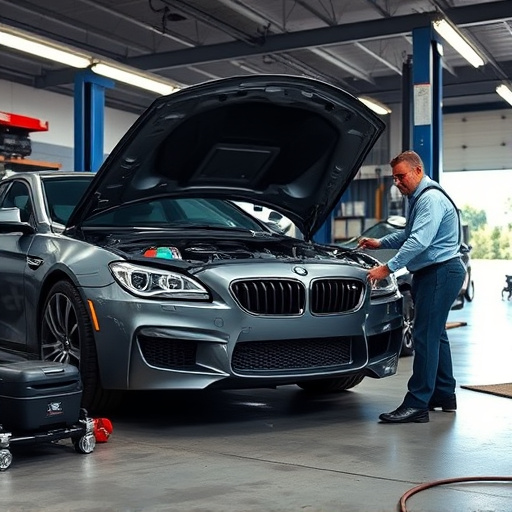
The evolution of paintless dent repair (PDR) over the years has been nothing short of remarkable, transforming the way we address dents and scratches on vehicles. Once considered a time-consuming and less effective method compared to traditional painting techniques, PDR has now emerged as a highly efficient and popular choice for vehicle body repair. The key to its success lies in the advancements made in tools, training, and understanding of material properties.
In the past, PDR was often seen as a last resort due to the perceived limitations of time and quality. However, with technological breakthroughs, specialized equipment, and the dedication of skilled technicians, these challenges have been overcome. Today’s collision centers and vehicle body shops utilize advanced PDR tools that allow for precise, fast, and clean repairs, often leaving minimal visible traces of damage. This evolution has not only made PDR a viable option for minor dents but also increased its overall efficiency, ensuring vehicles can be restored to their pre-incident condition in less time compared to traditional methods.
Advantages and Disadvantages: Weighing the Value of Time in Paintless Dent Repair
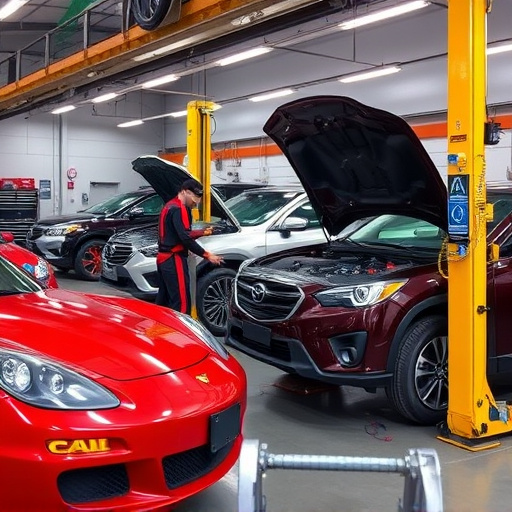
Paintless dent repair time offers both advantages and disadvantages for those considering this method over traditional auto body shop repairs. On one hand, it’s a non-invasive process that preserves the original factory finish, eliminating the need for painting and potentially saving significant time and money. This method is ideal for minor dents, dings, and scratches, allowing car owners to restore their vehicles to near-original condition without the downtime associated with conventional auto body restoration.
However, paintless dent repair may not be suitable for all scenarios. For deeper or more complex damages, this technique might not provide the same level of structural integrity as traditional bodywork services. Additionally, the time required for paintless dent repair can vary; while it promises a swift solution, unexpected challenges could extend the process, potentially leading to longer wait times compared to a well-equipped car body shop’s capabilities.
Future Trends: Is There a Better Way to Save Time with Paintless Dent Repair?

As technology evolves, the future of paintless dent repair (PDR) holds exciting possibilities for efficiency and convenience. The traditional methods of dent removal and auto frame repair have long been a time-consuming process, but advancements in tools and techniques are changing the game. With innovative equipment designed to reach hard-to-access areas and improve precision, PDR is becoming faster and more accessible.
Imagine a world where fender repairs can be done with enhanced technology, reducing the need for extensive manual labor. The industry is exploring new ways to streamline the process, such as the integration of AI and robotic systems that can analyze and repair dents with remarkable accuracy. These future trends suggest that paintless dent repair time could become even more valuable, offering customers quicker turnarounds while maintaining the quality they expect.
In conclusion, while paintless dent repair time has significantly evolved over the years, its value depends on various factors. The advantages of saving time are evident, especially for those seeking efficient, non-invasive solutions. However, understanding the limitations and potential drawbacks is crucial. As technology advances, future trends in paintless dent repair may further optimize time efficiency, offering even faster and more accessible services. Ultimately, whether paintless dent repair time remains worth your while depends on individual needs, the extent of damage, and the trade-off between convenience and cost.
